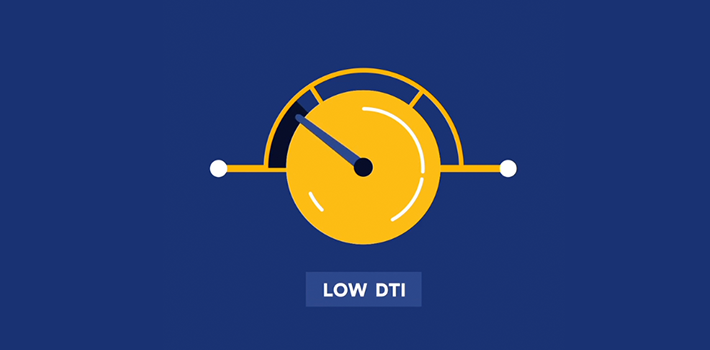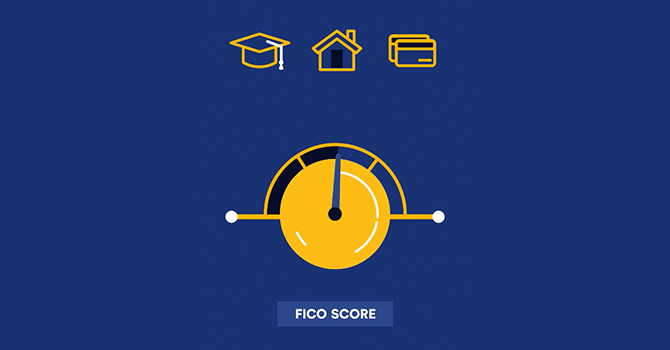DTI, or your debt-to-income ratio, measures the percentage of your income that goes to paying off debt. To calculate your DTI, add up your total monthly debt payments (housing costs, student loans, credit cards and auto loans) and divide that number by your gross monthly income.
What is Debt-to-Income Ratio?
Watch to learn how to calculate your DTI.

If you’re hoping to qualify for a loan, the lower your DTI, the better.
DTI is your debt-to-income ratio and it measures the percentage of your income that goes to paying off debt. To calculate your DTI, add up your total monthly debt payments—including housing costs, student loans, credit cards and auto loans—and divide that number by your gross monthly income. The result is your DTI, which is typically stated as a percentage.
For mortgage loans, most lenders are looking for a DTI of 36% or less, with an upper limit of around 43%, depending on the lender. To refinance your student loans, lenders are typically looking for a maximum DTI of 50% to qualify. If your DTI is a little high, paying down your debt will help bring it down.
Don’t miss the latest financial resources.
This site is protected by reCAPTCHA and the Google Privacy Policy and Terms of Service apply.
Get tailored Laurel Road resources delivered to your inbox.
Search Results

